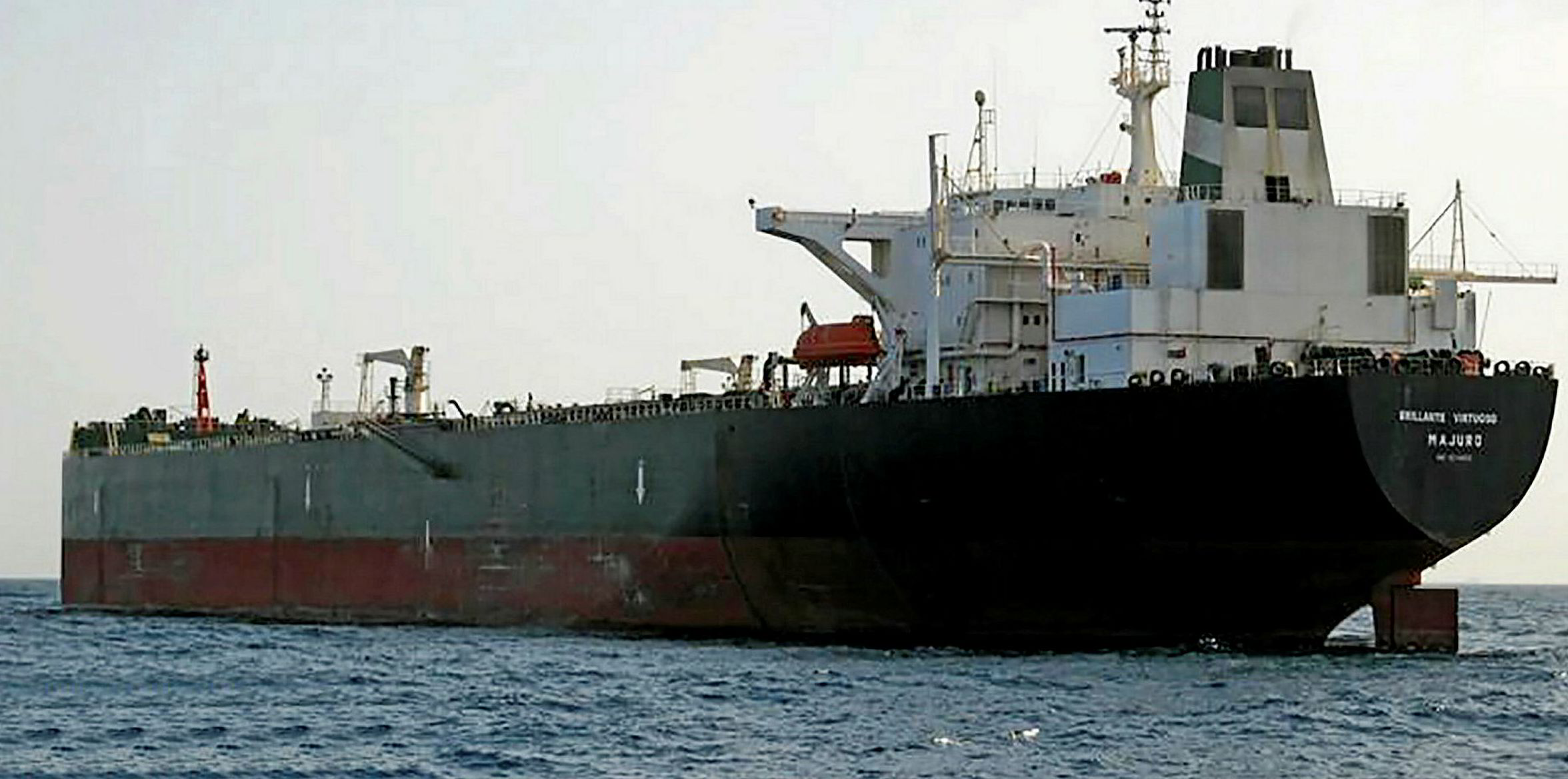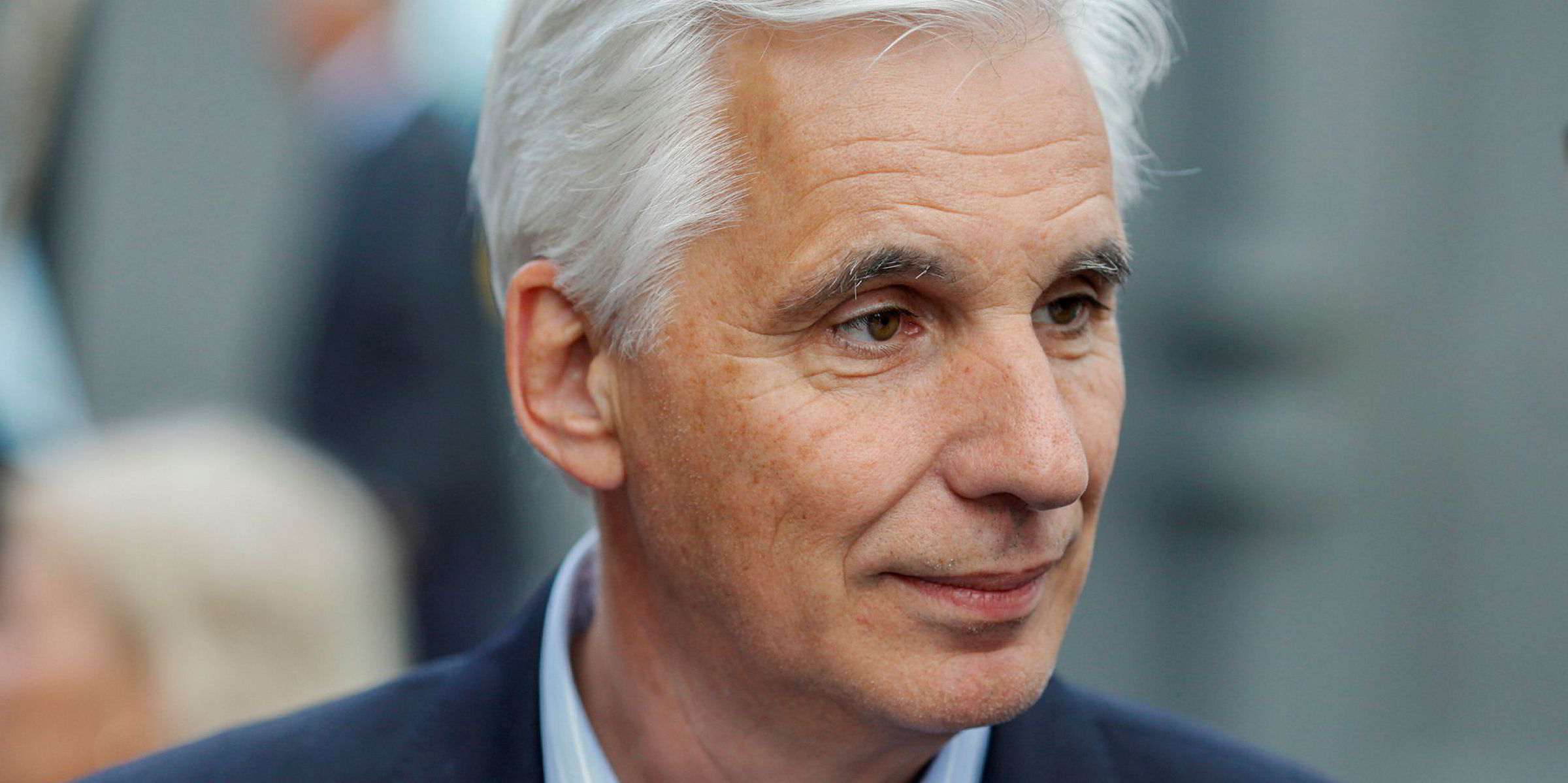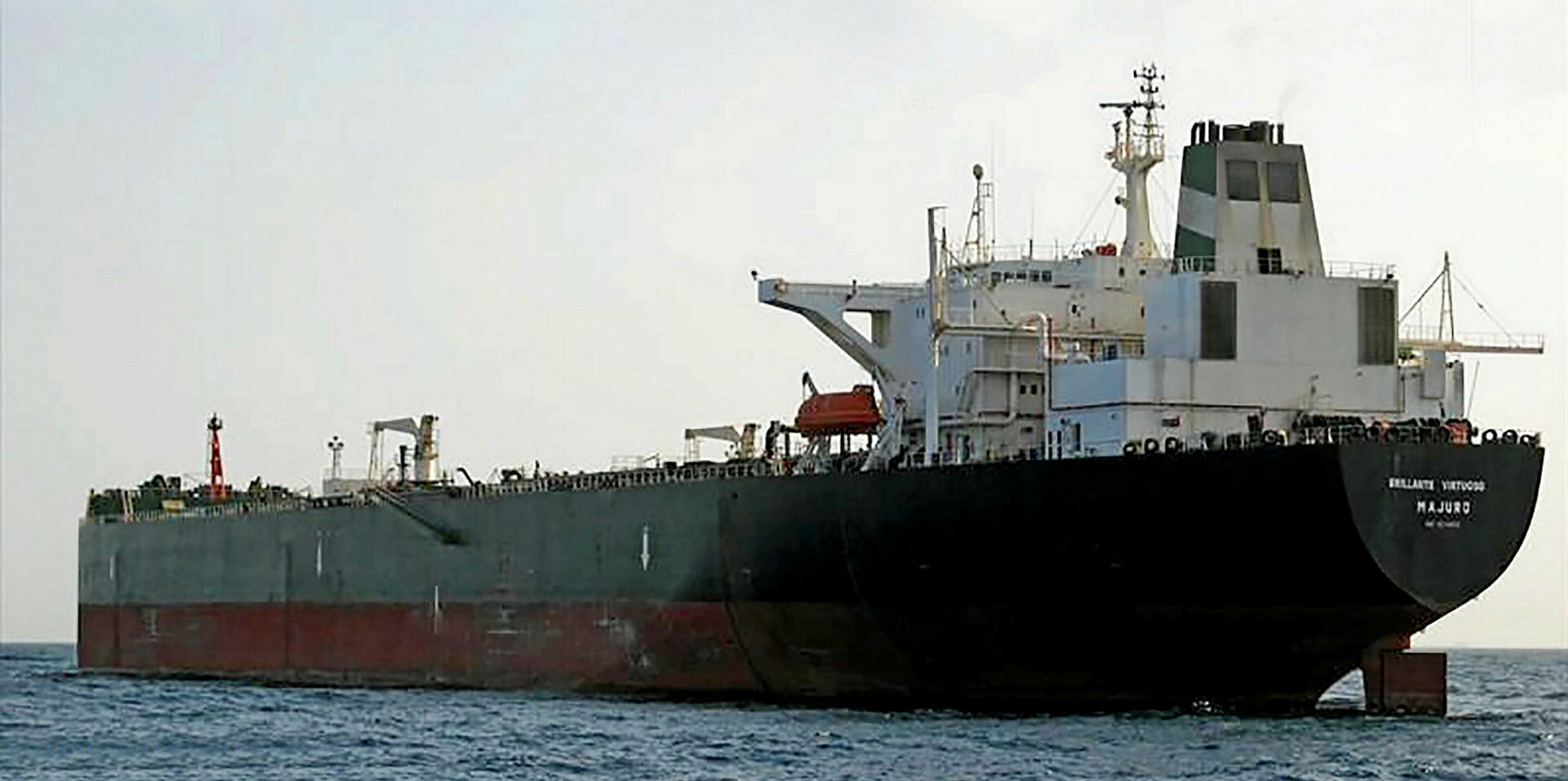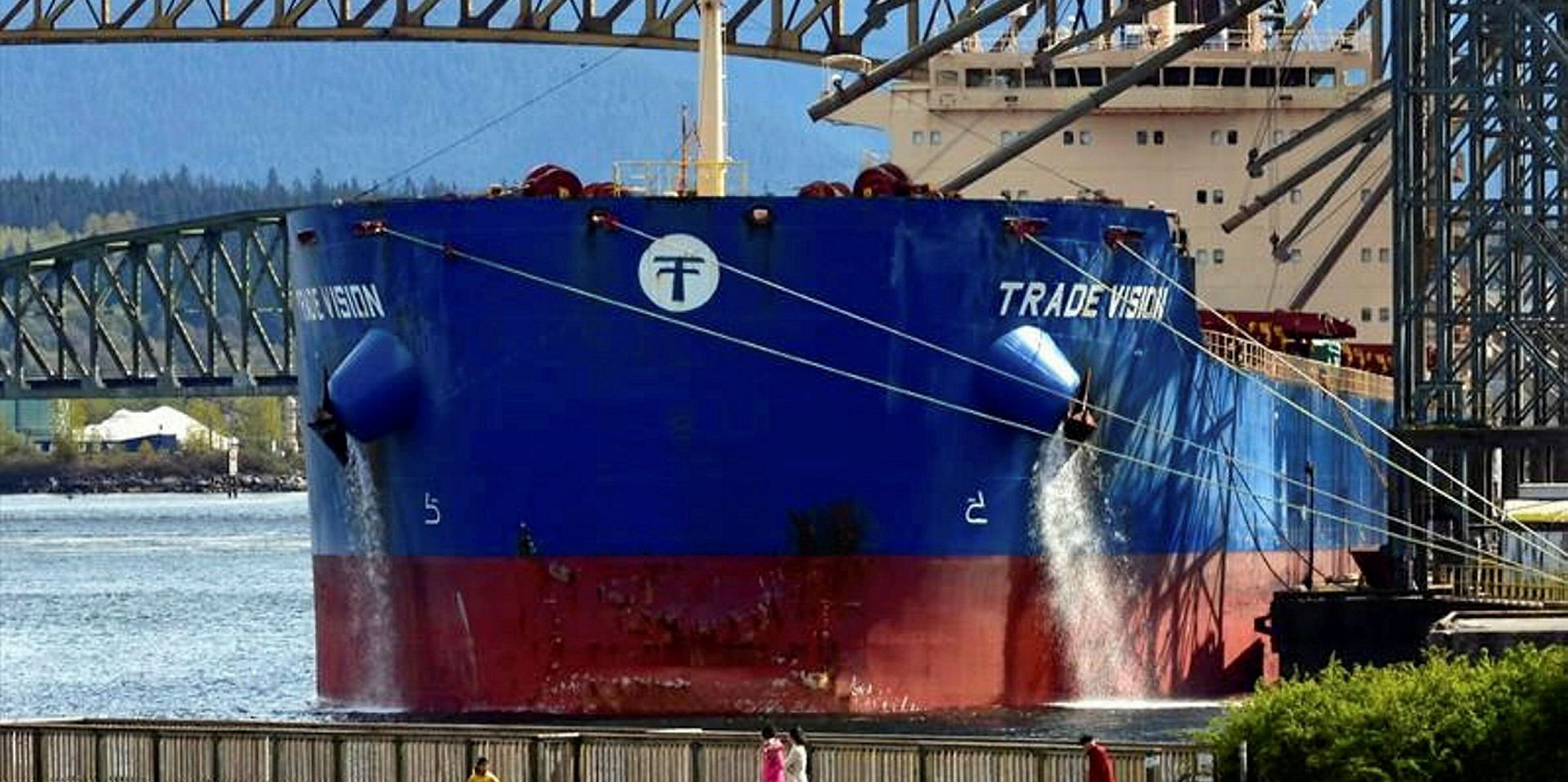High Court Justice Nigel Teare has ruled in favour of a consortium of war risk underwriters against a $77m claim for the loss of a suezmax tanker in an alleged piracy attack dating back to July 2011.
But the owner of the 150,000-dwt suezmax tanker Brillante Virtuoso (built 1992) has said that it is weighing its options over what it described as a disappointing decision.
The judgement follows a lengthy 50-day trial in which the vessel's mortgage holder Piraeus Bank and its mortgage insurers claimed $77m for the loss of the vessel from war risk underwriters.
However Talbot Underwriting, Hiscox, QBE, Chaucer and others underwriters claimed the fire and eventual loss of the vessel was a deliberate act by the Greek owner Marios Iliopoulos, assisted by salvage company Poseidon Salvage.
Summing up a 135-page judgement, Teare said: “The constructive total loss of Brillante Virtuoso was caused by the wilful misconduct of the owner, Mr Iliopoulos. In those circumstances the (Piraeus) Bank is unable to establish that the loss was caused by an insured peril. The bank’s claim must therefore be dismissed.”
Owner disappointed
Suez Fortune Investments, the registered owner of the Brillante Virtuoso, said it was disappointed to learn of the judgment and is considering what steps are available to take.
"The court accepted there was no direct evidence of the involvement of Mr Iliopoulos and that the decision was reached on the balance of probabilities," the company said.
The outfit said the court's decision appears to have relied on circumstantial evidence.
“This is not the first time that the international shipping market has recorded unfair attacks on businessmen by insurers who had no hesitation in using unfair means to avoid their contractual obligations,” the company said.
Pirates boarded?
The court had earlier heard from claimant Piraeus Bank, represented by Peter MacDonald-Eggers QC, that the vessel was boarded early in the morning of 6 July 2011, while drifting in the Gulf of Aden off Yemen, from a small boat carrying seven armed men. The master, it was claimed, mistook the men for a security team he had been expecting.
After boarding, the men took control of the vessel and instructed it to sail to Somalia. Later they started firing shots on the bridge. A fire was started in the purifier room by an improvised explosive incendiary device (IEID), which later spread to the engine room.
The men then left the vessel.
The chief officer informed the US Navy anti piracy vessel USS Philippine Sea and the ship’s Ship Security Alert System was activated.
Poseidon Salvage arrived on the scene and began fire fighting operations, but the fire became resurgent later in the day, spreading to the accommodation section and wheel house. The damage was enough for the ship to be later declared a constructive total loss.
However, underwriters claimed that the fire was deliberately started with the consent of owner Suez Fortune, which is a company controlled by Iliopoulos.
Iliopoulos did not appear in the trial, on the advice of his legal team.
The underwriters were represented in the High Court by Jonathan Gaisman QC.
'Improbable'
Teare concluded it was “improbable” that the men approaching the vessel could have known the ship was expecting a security team.
He said it was “extraordinary” that the ship’s master would allow armed men on board. He said it was also “improbable” an armed gang of men intent on hijacking a vessel for ransom would bring an IED with them.
He pointed out that damage to equipment in the engine room indicated the resurgence of the fire was a deliberate act by the salvage company in attendance. “I am driven to the conclusion that Poseidon was responsible for the re-ignition or resurgence of the fire before 1230 on 6 July 2011,” he said.
Teare said that some “parts of the canvas remain blank” in terms of linking Iliopoulos to the conspiracy to scuttle the Brillante Virtuoso. There is no evidence of instructions given by Iliopoulos or reward given to those involved, he pointed out.

But Teare said that “is not a sound reason for not accepting the underwriters’ case if the probabilities nevertheless point clearly and irresistibly to the conclusion that the underwriters’ case is correct”.
In terms of motive to scuttle, there was evidence that the Brillante Virtuoso had made a $10m operating loss between 2009 and 2011. By June 2011, insurance, crew wage, bunker and interest payments were overdue.
There was an attempt to arrest the vessel by bunker suppliers and accountants had questioned whether the owning company could continue as a “going concern.”
“The orchestrator of these events was the owner of Brillante Virtuoso, Mr Iliopoulos,” Teare concluded.
“It is improbable that the armed men, master, chief engineer and Mr. Vergos (employed by Poseidon Salvage) took part in the conspiracy on their own initiative. By contrast Mr Iliopoulos had a motive to want the vessel to be damaged by fire, namely, the making of a fraudulent claim for the total loss of the vessel in the sum of some $77m which, if successful, would solve the serious financial difficulties in which he and his companies were at the time.”
TradeWinds understands Piraeus Bank is chasing Iliopoulos assets in Greece, though Suez Fortune said that effort is unrelated to the Brillante Virtuoso case. The lender is known to have sought to foreclose and then put up on electronic auction a villa owned by him in the upmarket suburb of Ekali.
An auction was set for 25 September but the owner successfully appealed it in court, TradeWinds is told.







